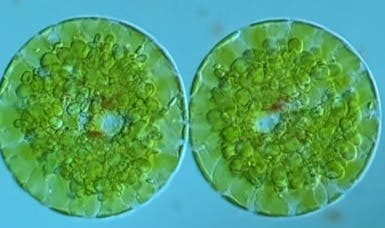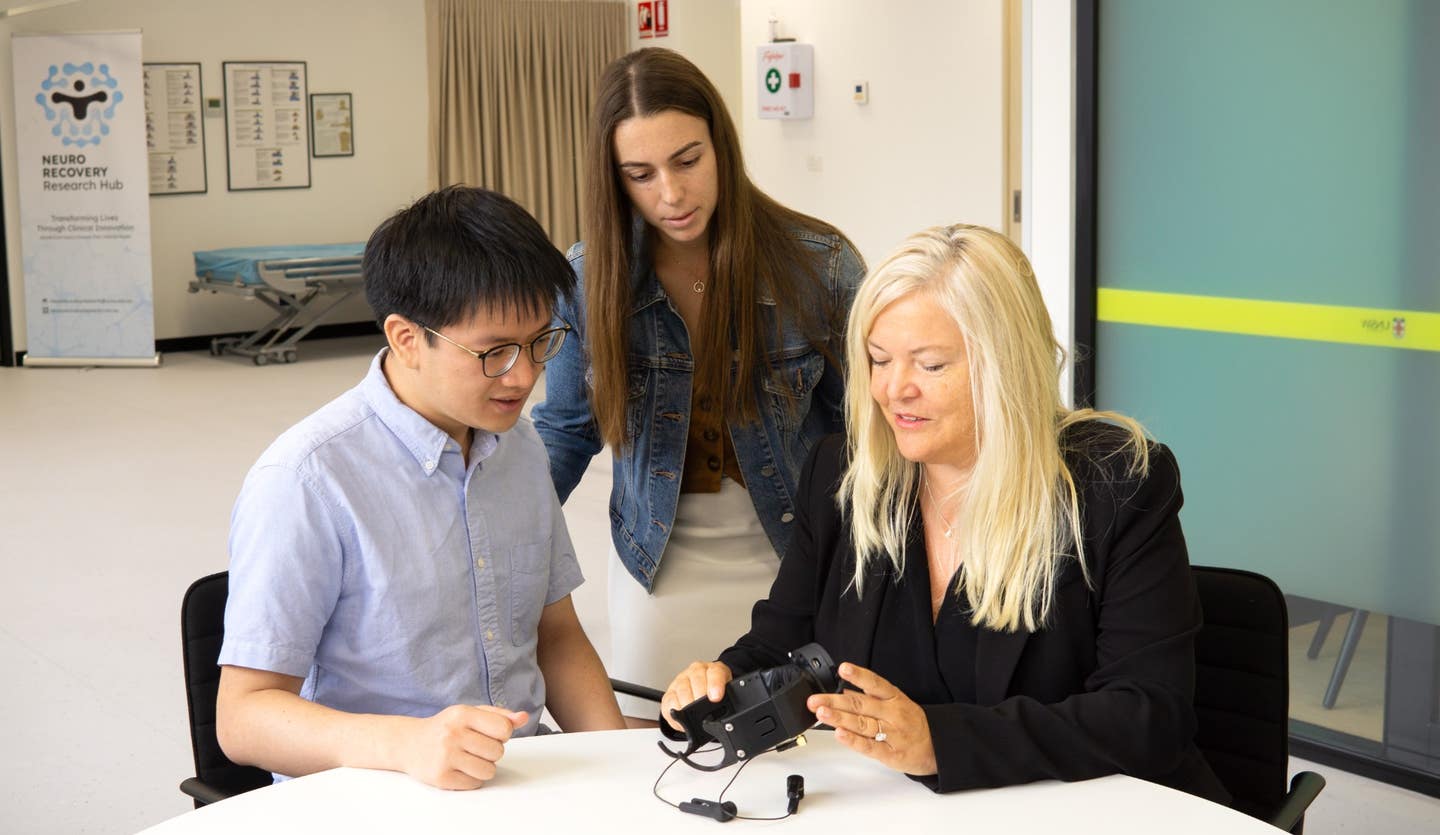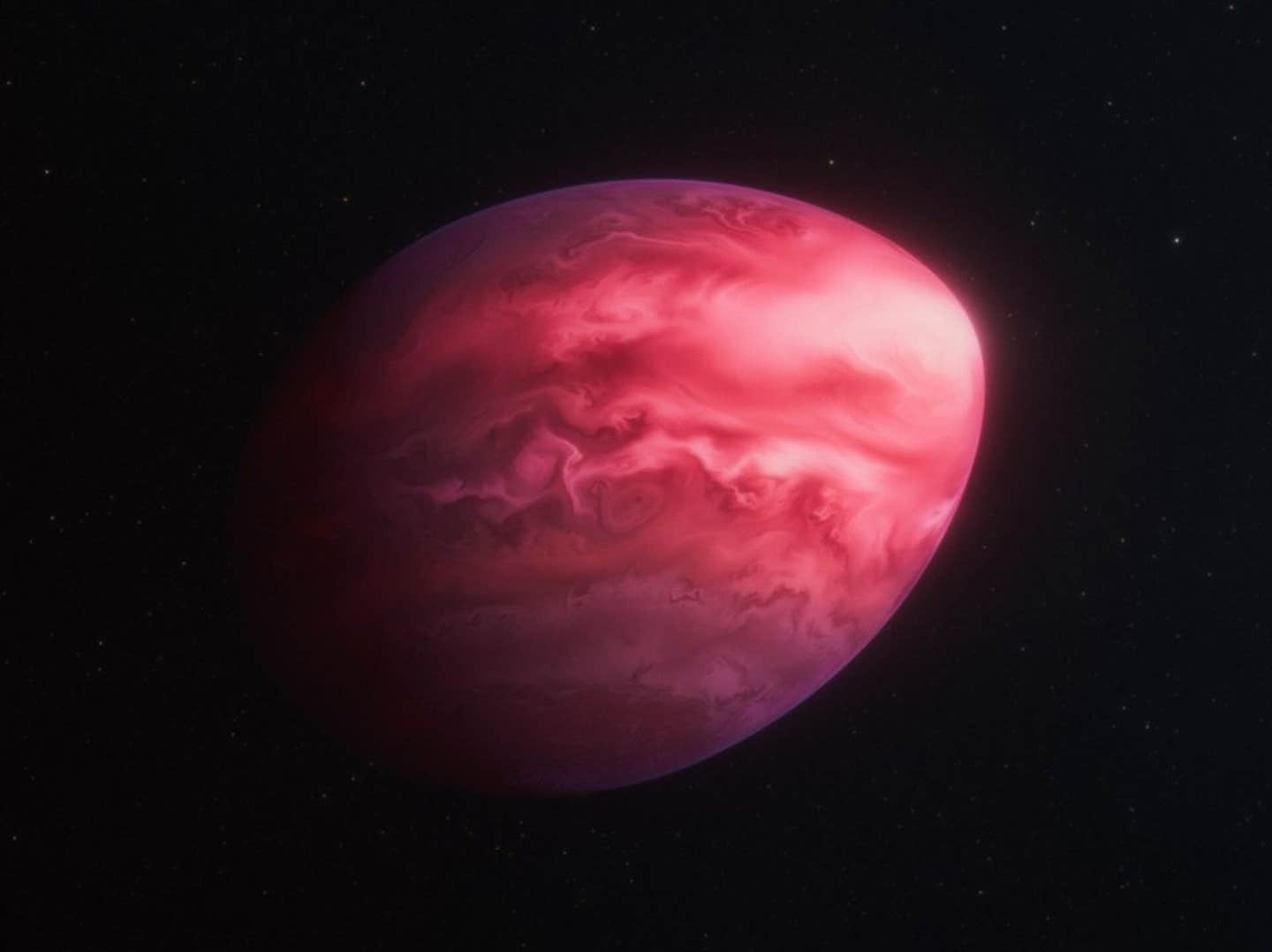400-million-year old single-cell organism acted like both a plant and an animal
Euglenoids, an intriguing group of single-celled organisms, defy easy categorization in the natural world.

Euglenoids, an intriguing group of single-celled organisms, defy easy categorization in the natural world. (CREDIT: Fabian Weston)
Euglenoids, an intriguing group of single-celled organisms, defy easy categorization in the natural world. Neither purely plant nor animal, they possess the unique ability to both photosynthesize like plants and consume organic matter like animals.
Despite their ancient origins, dating back over a billion years, euglenoids have left behind a sparse fossil record, making them a challenge for scientists to understand.
In a recent study published in the journal Review of Palaeobotany and Palynology, an international team of researchers embarked on unraveling the mystery surrounding microscopic fossils known as cysts, which have puzzled scientists for nearly a century.
By examining sediment cores from ancient pond deposits in Germany and the Netherlands, as well as more recent sediments from lakes in Greece and living euglenoids from a pond in Australia, the team pieced together a 400-million-year evolutionary history of euglenoids.
Related Stories
The journey to uncovering the true identity of these enigmatic microfossils began in 2012 when researchers Bas van de Schootbrugge and Paul Strother from Utrecht University stumbled upon circular striated cysts while studying sediments from the Triassic-Jurassic boundary.
These cysts bore a striking resemblance to those of Euglena, a modern representative of euglenoids. However, the confusion arose from the plethora of names assigned to similar microfossils by different researchers over the years.
After meticulously reviewing nearly 500 literature sources, the researchers identified the various names given to these microfossils and undertook advanced microscopy techniques, including transmission electron microscopy (TEM), to study their ultrastructure.
Light microscope images of euglenoid cysts from the Triassic-Jurassic boundary in the Schandelah-1 core, Germany (left), Triassic sediments in Winterswijk, the Netherlands (right). The specimens are 20-30 μm in diameter. (CREDIT: Bas van de Schootbrugge)
This involved painstakingly picking single specimens and slicing them for analysis. What they discovered was a unique wall structure unlike anything seen in other organisms, adding to the intrigue surrounding these ancient cysts.
Despite the initial mystery deepening, the team found confirmation in a previous study that examined similar microfossils, providing some clarity to their findings. However, a crucial piece of the puzzle was still missing: cysts produced by living euglenoids. Attempts to induce euglenoids to encyst in laboratory settings proved unsuccessful until a chance discovery by microscopy enthusiast Fabian Weston.
Light microscope images of euglenoid cysts from Holocene to recent Lake Vouliagmeni, Greece. Specimens are 20-30 μm in diameter. The fingerprint-like patterning that is a shared characteristic of all fossil forms. (CREDIT: Andreas Koutsodendris)
In 2020, Weston captured video footage of Euglena encysting under a microscope, providing valuable evidence linking living euglenoids to fossil cysts. This discovery shed light on the evolutionary history of euglenoids, spanning over 400 million years and potentially extending further into the Precambrian era.
The significance of this research goes beyond mere taxonomic clarification. The abundance of euglenoid cysts around major extinction events suggests their resilience in the face of environmental upheavals throughout Earth's history. As the team plans to extend their research to Australia, they hope to uncover further evidence of Euglena cysts in sediments, offering insights into past environments and climatic conditions.
The study not only resolves taxonomic confusion surrounding ancient microfossils but also provides a glimpse into the enduring resilience of euglenoids throughout Earth's tumultuous history.
As scientists continue to unravel the mysteries of these fascinating organisms, they uncover new clues about the evolution and adaptation of life on our planet.
Note: Materials provided above by The Brighter Side of News. Content may be edited for style and length.
Like these kind of feel good stories? Get the Brighter Side of News' newsletter.



